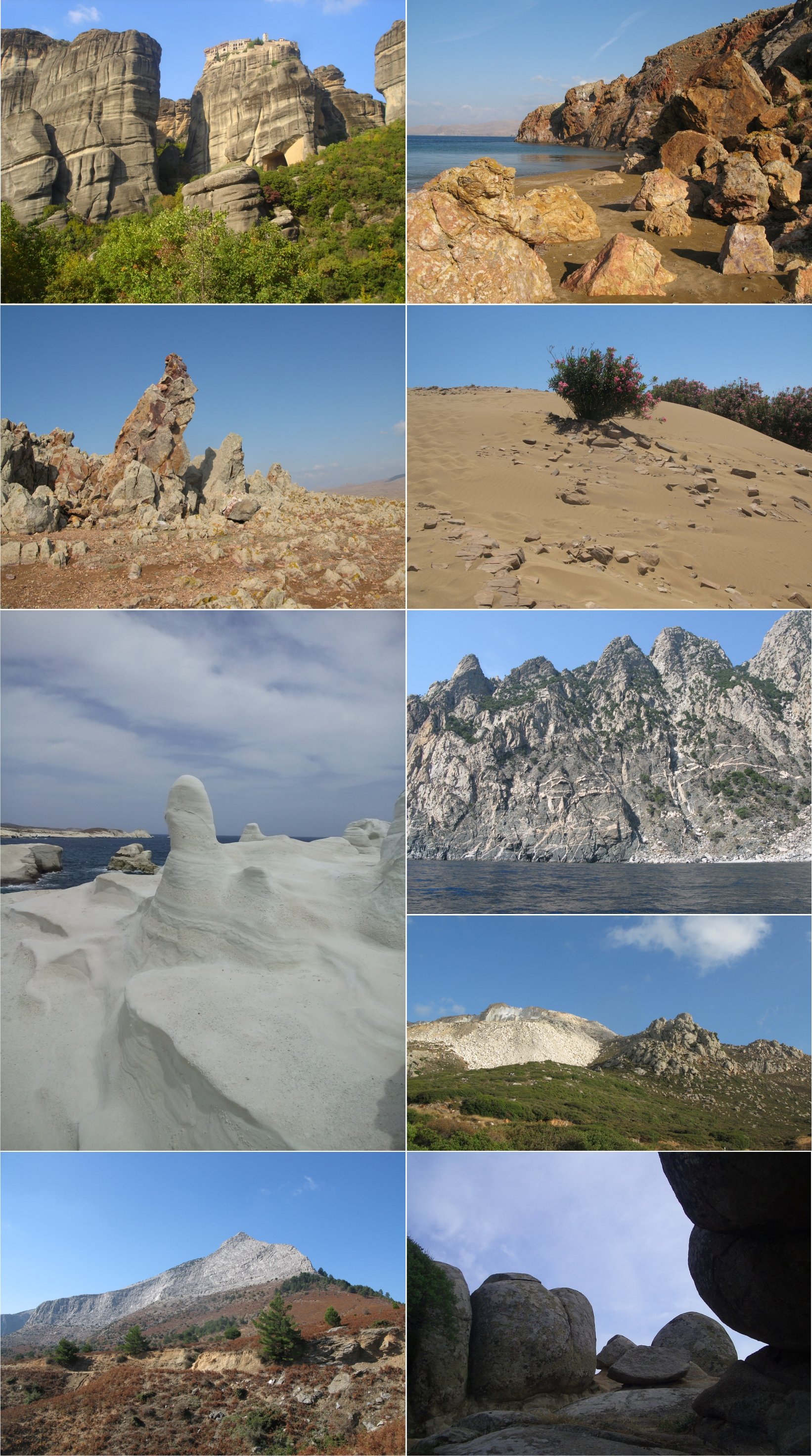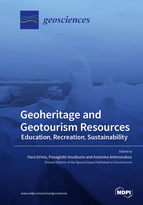Geoheritage and Geotourism Resources: Education, Recreation, Sustainability
A special issue of Geosciences (ISSN 2076-3263). This special issue belongs to the section "Geoheritage, Geoparks and Geotourism".
Deadline for manuscript submissions: closed (31 January 2022) | Viewed by 51130
Special Issue Editors
Interests: palaeoecology; sedimentology; palaeoenvironment; geoheritage; geotourism; geoconservation; geoeducation
Special Issues, Collections and Topics in MDPI journals
Interests: ore minerals; critical metals; magmatic-hydrothermal ore deposits; mineralogy of hydrothermal alterations in porphyry-epithermal systems; mineralogy and genesis of gemstones
Special Issues, Collections and Topics in MDPI journals
Interests: paleoclimatology; paleoceanographic proxies; micropaleontology; integrated stratigraphy; marine geology; ocean dynamics; sea-level changes; marginal seas; astronomical frequencies in paleoclimates; extreme geological events
Special Issues, Collections and Topics in MDPI journals
Special Issue Information
Dear Colleagues,
In recent years, the interest of society in the geoenvironment has been constantly increasing. Concepts such as "geosites", "geoparks", and “geodiversity” are linked to new local economic and cultural growth of the areas. Significant geosites are recognized worldwide through the activity of geoparks and benefit from the exchange of information, skills, experience and staff between geoparks. Geotourism is a form of tourism that allows the discovery of the geological peculiarities of the visited territories, combined with other natural and human resources. Geo-Education is at the core of the interest and operation of Geoparks, which are considered as ideal destinations for educational activities
The aim of the present Special Issue is to highlight ways in which geoheritage can be a very promising geotourism product that will lead to the sustainable development of society and will contribute to geo-information, education, knowledge and public awareness on issues concerning geoconservation and protection.
Among other topics, this Special Issue aims to highlight, review and evaluate the usefulness of geo-cultural features in didactics in terms of geoparks and other geotouristic attractions. Innovative methods of geo-education in geoparks are more than welcome, as well as development of research combining the geosciences with social science and humanities. The essential role of geoheritage in popularization of knowledge should be emphasized.
Original research articles and reviews are welcome. Research areas may include (but not limited to) the following:
- Scientific studies of geoheritage presenting geosites occurring in different geological and geomorphological contexts;
- Techniques for the enhancement of geoheritage;
- Significance of geoheritage in human life;
- Geosciences education for sustainability;
- Educational programmes;
- Sustainable geotourism, which highlight problems connected with the management of geological heritage;
- Sustainable use of natural and cultural heritage and resources;
- Valorisation of geo-heritage for sustainable and innovative tourism development.

Prof. Dr. Hara Drinia
Prof. Dr. Panagiotis Voudouris
Prof. Dr. Assimina Antonarakou
Guest Editors
Manuscript Submission Information
Manuscripts should be submitted online at www.mdpi.com by registering and logging in to this website. Once you are registered, click here to go to the submission form. Manuscripts can be submitted until the deadline. All submissions that pass pre-check are peer-reviewed. Accepted papers will be published continuously in the journal (as soon as accepted) and will be listed together on the special issue website. Research articles, review articles as well as short communications are invited. For planned papers, a title and short abstract (about 100 words) can be sent to the Editorial Office for announcement on this website.
Submitted manuscripts should not have been published previously, nor be under consideration for publication elsewhere (except conference proceedings papers). All manuscripts are thoroughly refereed through a single-blind peer-review process. A guide for authors and other relevant information for submission of manuscripts is available on the Instructions for Authors page. Geosciences is an international peer-reviewed open access monthly journal published by MDPI.
Please visit the Instructions for Authors page before submitting a manuscript. The Article Processing Charge (APC) for publication in this open access journal is 1800 CHF (Swiss Francs). Submitted papers should be well formatted and use good English. Authors may use MDPI's English editing service prior to publication or during author revisions.
Keywords
- Geoheritage
- Geoconservation
- Geosite
- Geotope
- Geoeducation
- Geotoursim
- Sustainability
- Geopark
- Public awareness








